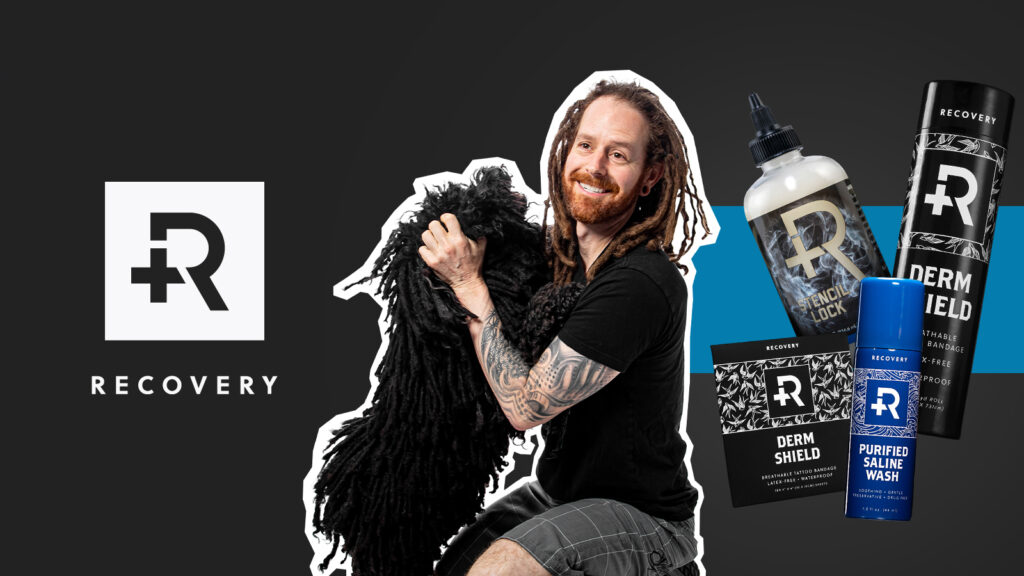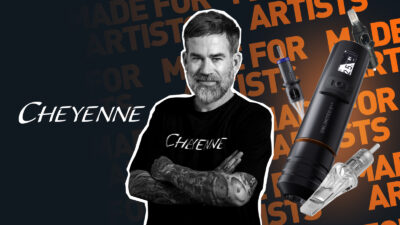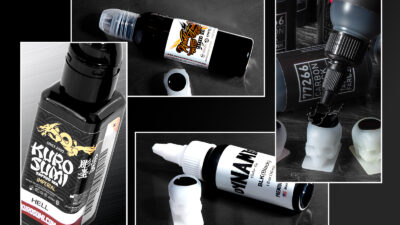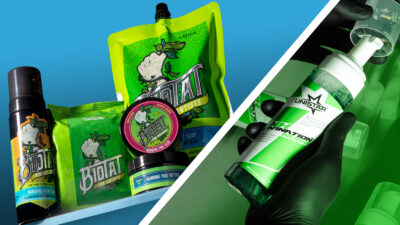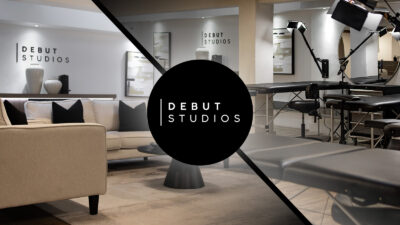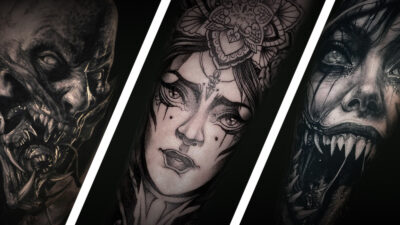Recovery Aftercare is an innovative Maryland-based company creating healing aftercare for tattoos, piercings, and body modifications.
Here at Killer Ink we particularly love Recovery’s tattoo lotion, aftercare soap and protective bandages, which all help to soothe skin and promote healthy healing for your tattoo art.
We spoke with founder Marc Gagnier about how the company was founded, what they wanted to achieve, and what the future holds for Marc and Recovery Aftercare!
When was Recovery founded, and what was the ethos behind it?
Recovery was founded in 2011, and our first product for Recovery was the 1.5 oz piercing spray. At the time, there weren’t many brands of aftercare on the market for tattoo and piercing, and I wanted to create an option for piercers and tattooers.
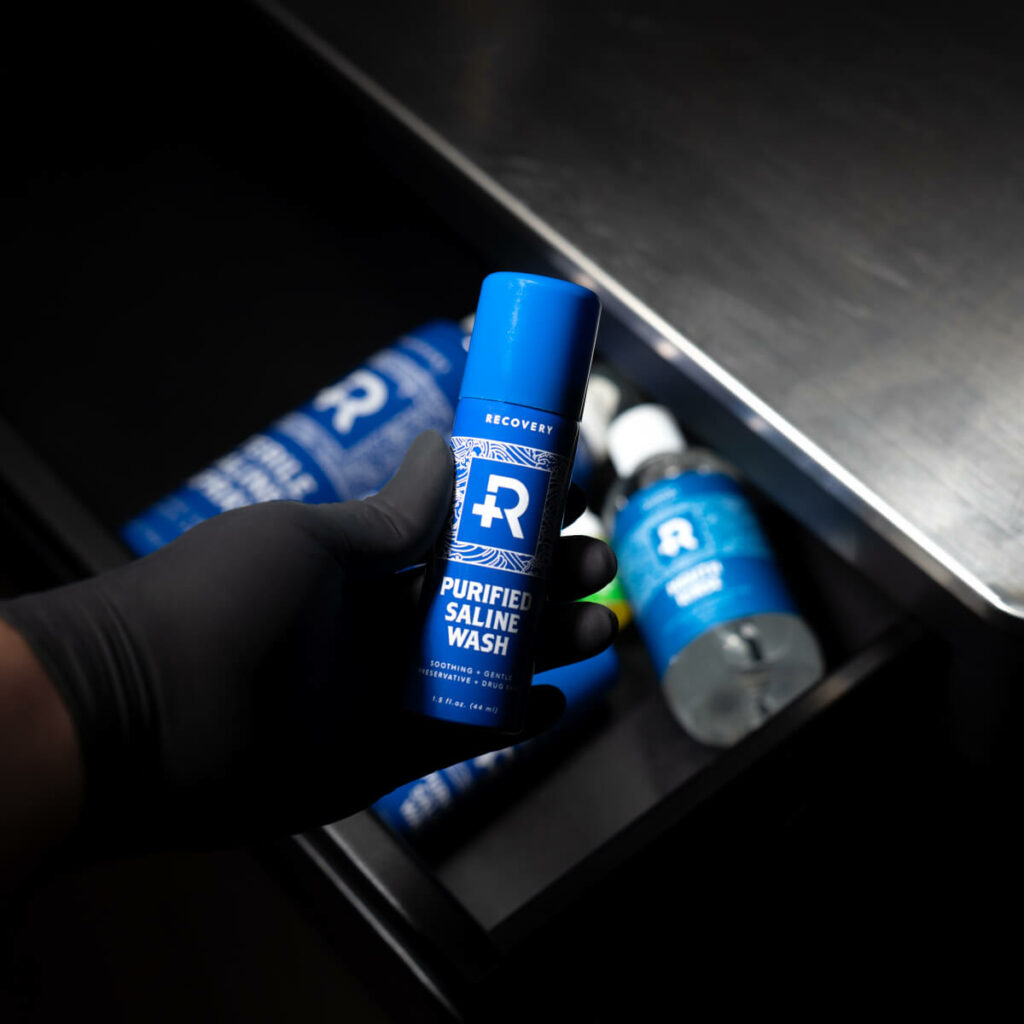
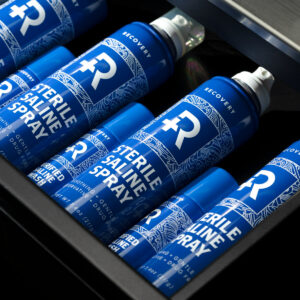
What is your role at Recovery?
I am the founder of Recovery.
Are you a tattoo artist or piercer?
I started off in the industry as a piercer in the late 1990s and stopped in the early 2000s to focus on Painful Pleasures 100%.
Can you tell us a bit about who you work with at Recovery?
We have a small but talented crew behind the brand. We work extremely closely with a knowledgeable cosmetic chemist who has worked with some of the largest brands and manufacturers in the world, making sure that our product formulations are the best they can be, and that we’re using the highest-quality ingredients available.
In addition to them we have a great production crew, a fantastic designer who creates our packaging, and of course all the unsung heroes that do the packaging and shipping to get products out to the distributors and shops that need them.
How has the tattoo industry changed since Recovery was founded?
The industry has changed dramatically since Recovery was founded! On a small scale, it’s changed in terms of aftercare. Recovery has become a favourite in shops around the globe - especially the Derm Shield tattoo bandage. So many artists and clients have made this their go-to bandage, and it’s sort of changed the whole healing process. I feel like in the past, there was more reliance on ointments and washes, which are great options but require more maintenance. The Derm Shield bandage lets people heal up without too much fuss. All that being said, Recovery’s washes, ointments, and lotions are also doing fantastically, and you can see them at shops and conventions year-round.
On a larger scale, though, the industry has changed to become more mainstream and inclusive. There are so many more artists AND clients nowadays, and the industry itself is way less taboo and secretive than back in the early 2000s. Recovery as a professional brand helps with that change - as more reliable, clean, and trusted brands are used more consistently by professionals, the more the face of the industry changes, too.
Which ingredients are best for tattoo aftercare?
That’s difficult to say because clients respond differently to all kinds of ingredients. And with something like the Derm Shield bandage, there aren’t many ingredients at all, but it’s one of our most effective aftercare options!
As far as ointments and lotions go for tattoo aftercare, natural emollients like shea butter and jojoba seed oil help to hydrate and moisturise the skin. But overall, the key to good aftercare is avoiding any irritants, parabens, perfumes and dyes that could damage or fluster the skin during the healing process. Recovery mostly sticks to natural moisturisers and EU-approved emollients like panthenol.
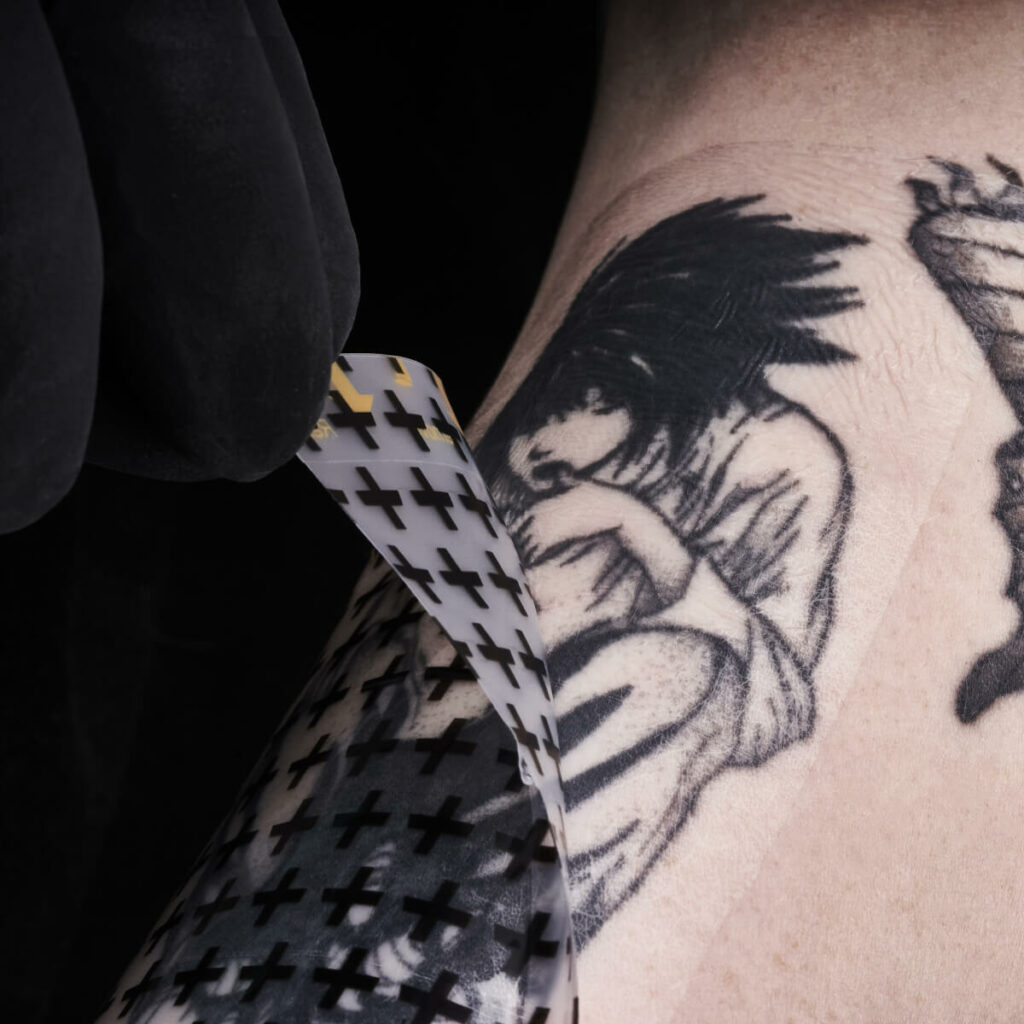
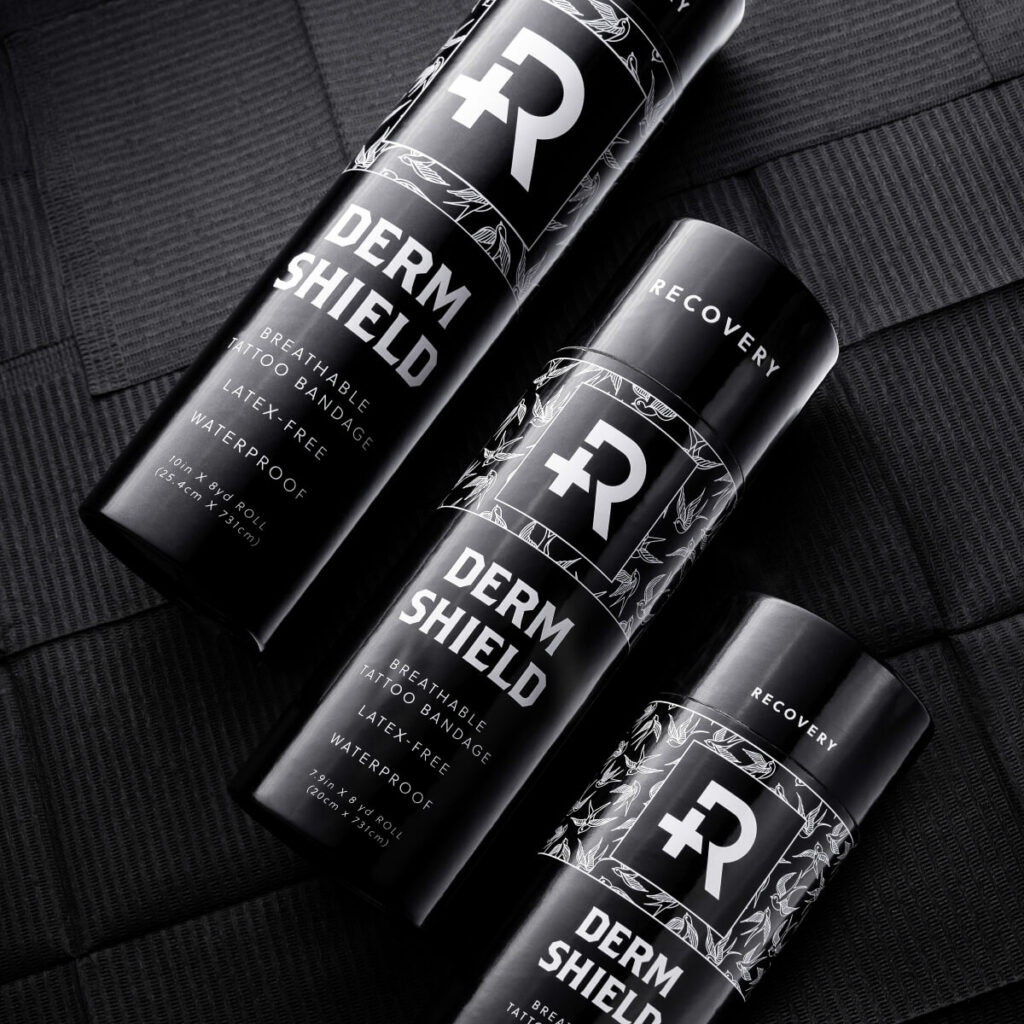
What can your products be used for outside of tattoo aftercare?
Recovery also offers piercing aftercare products, like Smelly Gelly.
Why is it better to use products with natural ingredients?
Natural ingredients contain a lot of vitamins and minerals that our skin responds well to, like vitamin E and vitamin C, which have anti-inflammatory effects. So we try to use a ton of natural moisturisers and emollients in our product line. That being said, Recovery isn’t a 100% natural product line, but even the chemical ingredients we use are EU-approved and skin-safe.
How does Recovery Tattoo Lotion help with healing tattoos?
Recovery Tattoo Lotion uses a lot of those natural moisturisers I mentioned earlier: shea butter, jojoba seed oil, grapeseed oil, etc. It soothes the skin and reduces irritation through the healing process.
How does your Tattoo Lotion help healed tattoos to look better?
Because it’s so full of natural moisturisers, Tattoo Lotion can get rid of any ashiness, scaliness, or flakiness that causes a tattoo to look faded and enhance the original vibrancy of the piece.
Why use Dead Sea salt for piercings, rather than just sea salt?
Historically, Dead Sea Salt has been used more for therapeutic purposes than regular sea salt. Like, you can put regular sea salt on your food, but you can’t salt your food with salt from the Dead Sea. It’s got a lower concentration of sodium chloride than regular sea salt, and more compounds and bromides that help rejuvenate the skin. Overall, it’s just a more soothing, healing option for a new piercing. Sea salt can also be used… just don’t use table salt!
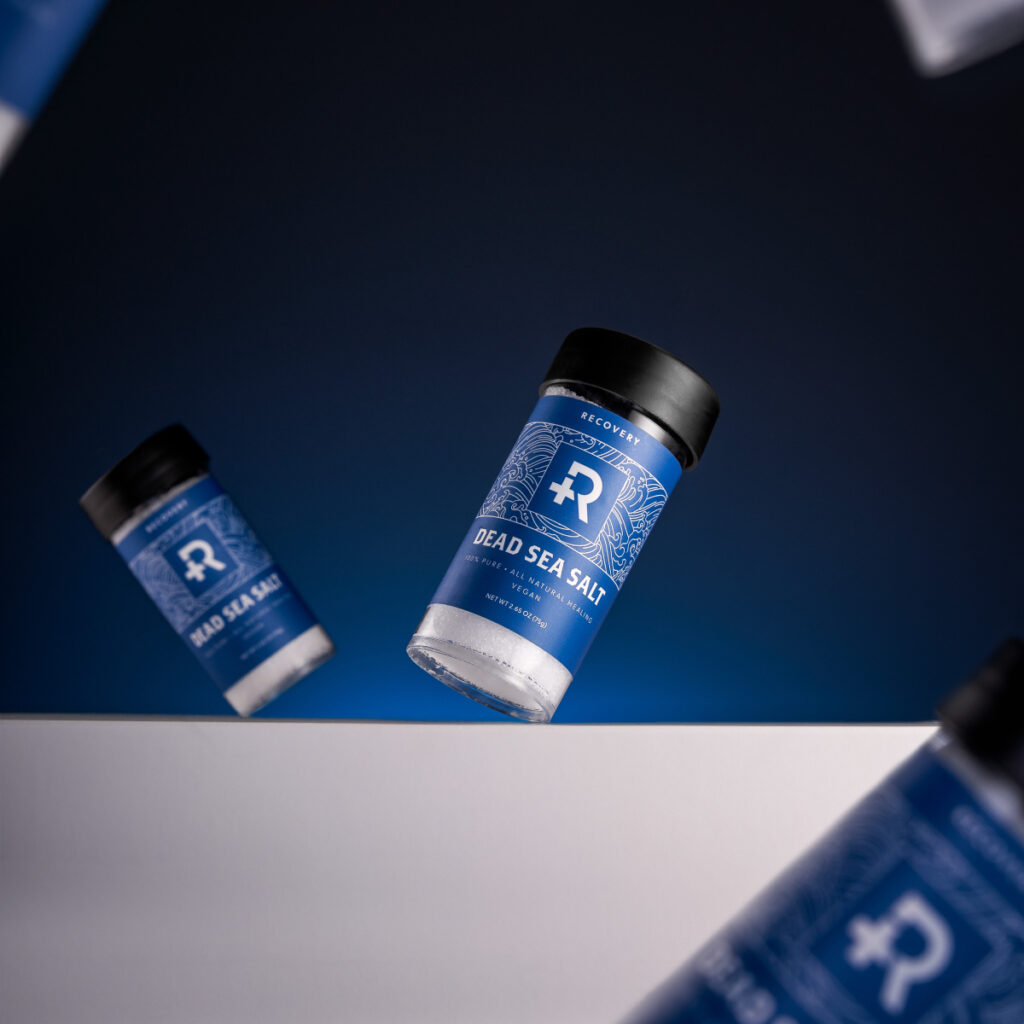
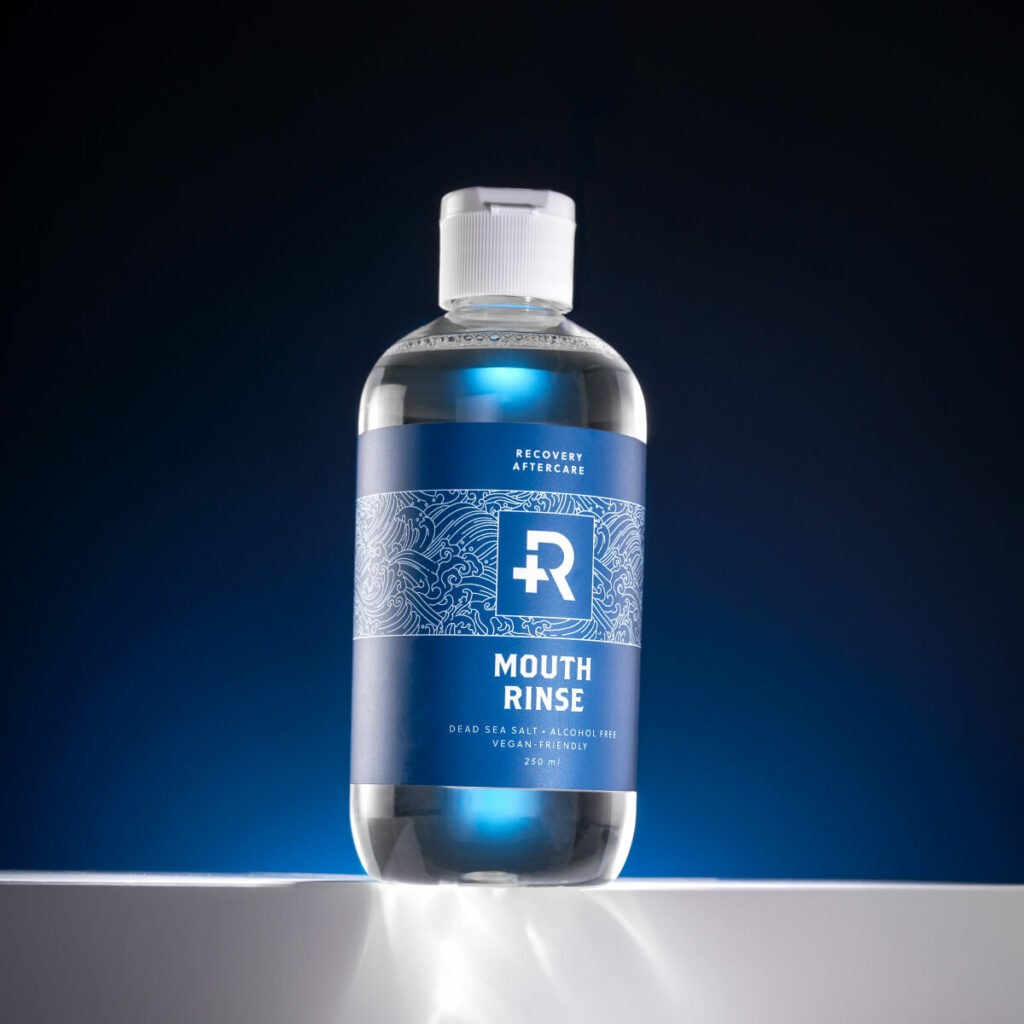
How does your Tea Tree Oil help new and existing piercings?
Tea Tree Oil basically helps reduce those irritation bumps you sometimes get after a piercing. But it’s also just a really good moisturiser, so it’s going to help get rid of any flaking or crustiness during or after the piercing healing process.
What’s the difference between your Lustra compressed towel and traditional paper towels?
For one thing, Lustra towels are biodegradable, so they make your setup more eco-friendly. But also, paper towels are way more absorbent than Lustra, while Lustra just wipe residue away without sucking it all up. They also won’t rip or tear while you’re wiping your clients’ skin. Plus, Lustra is just way softer than a standard paper towel. You get a really smooth, clean wipe with Lustra.
What’s your number one tip for getting Derm Shield to apply successfully?
Derm Shield is really easy to apply. Number onetip would be making sure there’s no residue on the skin before you put it on. You want the tattoo site to be patted dry. Derm Shield can react with Green Soap, so just make sure that area is really clean. Number two tip would be to leave a 1 to 2 inch margin for your tattoo when you’re cutting your bandage. That way, if the edges start to curl or lift, you’ll have some breathing room and your tattoo’s still safe.
Why would someone use a black Derm Shield bandage rather than a transparent one?
The black Derm Shield bandage is the best option for someone getting tattooed in the summer. It’s opaque and protects new tattoos from UV rays. It’s still not advisable to be careless and go swimming for hours when you’ve got a Black Derm Shield bandage on, but it at least makes it a lot safer to step outside in the sun, and know you’re not harming your tattoo in any way.
What makes your Stencil Lock cream so effective?
The best thing about Stencil Lock is it’s so light, and only a few drops do the trick. You’ll get a perfectly clean stencil transfer with about three drops. Just like all other Recovery products, it doesn’t have any irritants in the formula either so you can count on it being skin-friendly for any client. We’ve come a long way from using the old Speed Stick for effective stencil transfers!
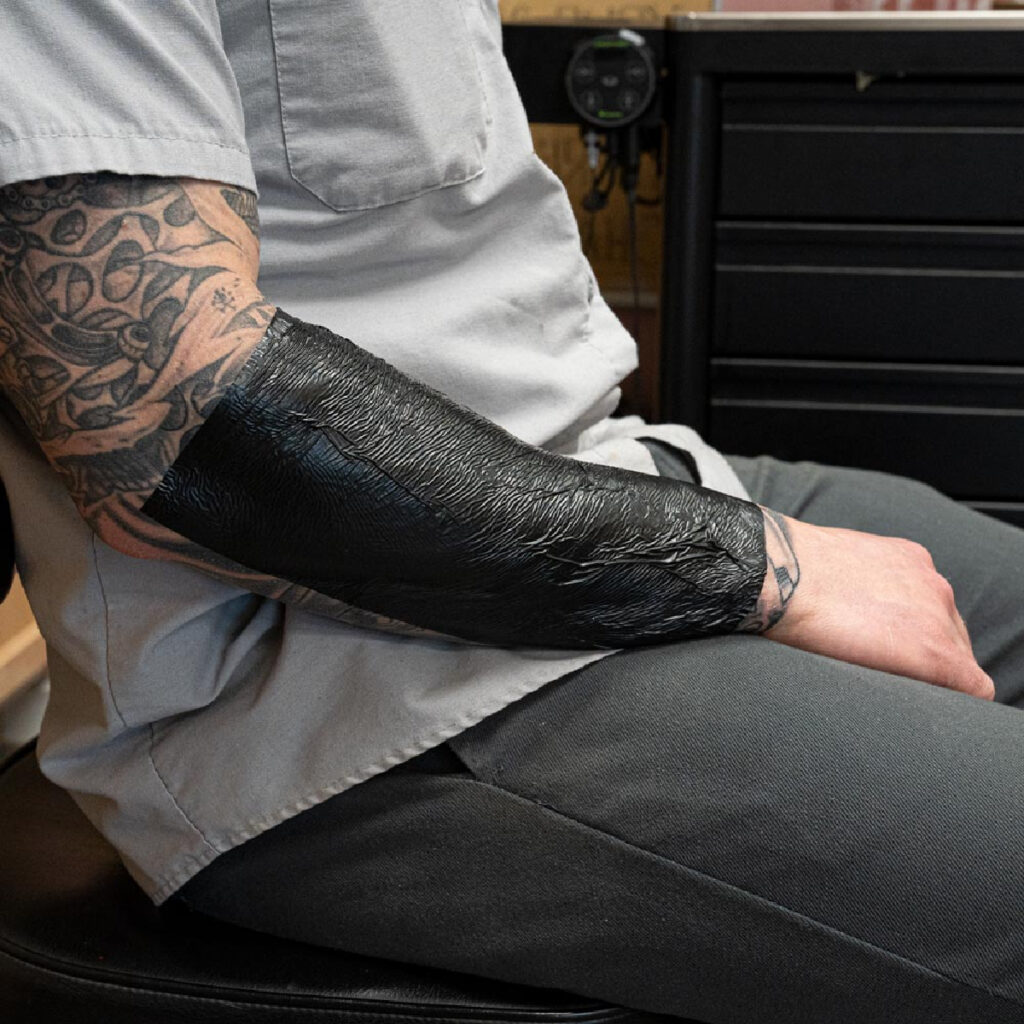
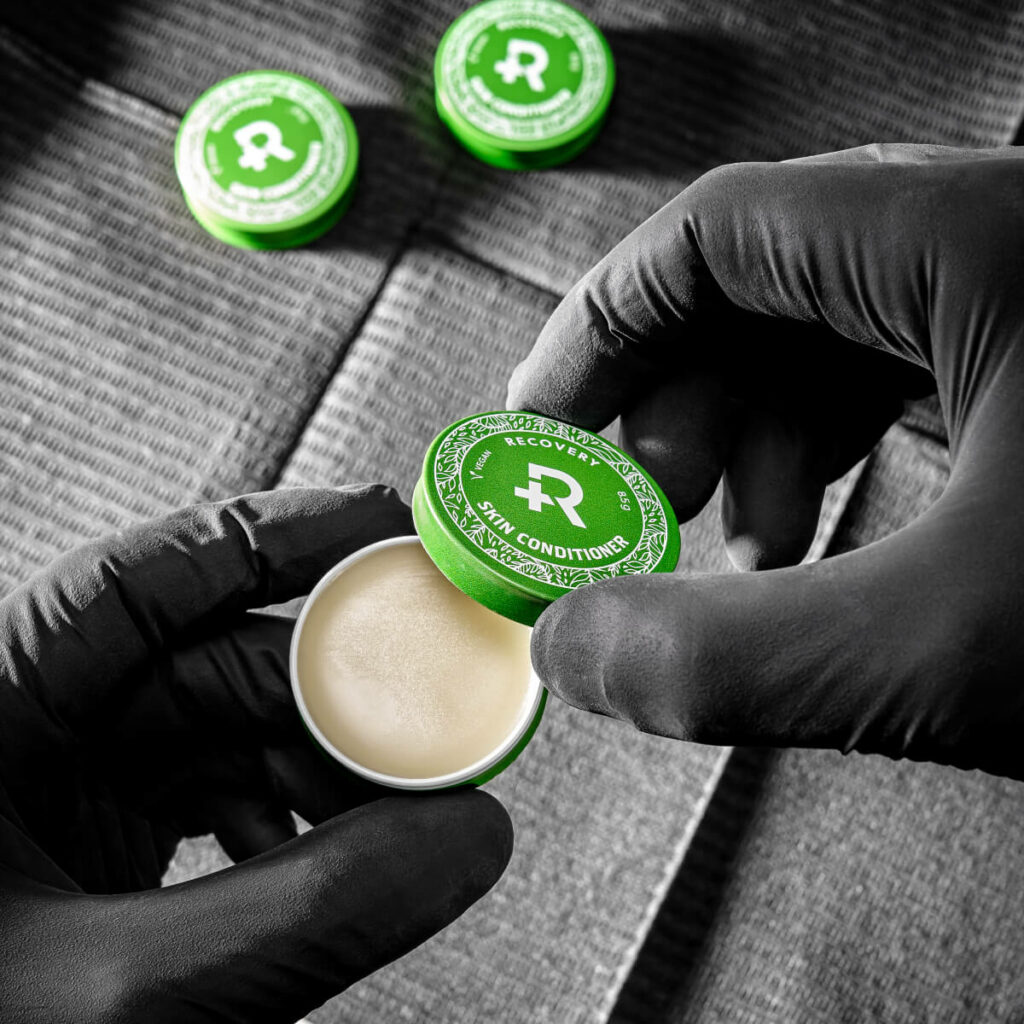
What is Smelly Gelly used for?
Smelly Gelly can be used for piercing AND tattoo recovery. When we first launched it, it was piercing-focused, but more and more people are using it for tattoos as well. It’s basically a really good conditioner that reduces irritation during the healing process.
How do you choose your sponsored artists?
This is a hard question to answer as we really try to think of “sponsorships” or “teams” differently than a lot of brands or companies do. We like to support artists who truly use and enjoy the brand and try to avoid the NASCAR-ification route we see a lot of companies go down. The artists we consider “sponsored” are not just hashtagging our products, we really like to bring them into the brand, listen to what’s missing, and seek their feedback and experiences on new things before they’re released.
Which tattoo artists are you most excited by right now?
Oh man, that’s hard to say. There are so many talented artists out there right now. I don’t know that I could pick just one or two but I’m always looking out for the artists that are doing something new and different to push the industry in new directions with their styles.
What products will you be treating us to next?
Can’t ruin any big surprises, but we’ve got some PMU aftercare coming your way. Recovery is always growing!
How many piercings, tattoos or body mods do you have, and which is your favourite?
At my peak I had pretty much everything part of my body pierced, along with dermals – about 25 piercings total. Now I have five piercings left, along with my tongue split and a magnet implanted in my finger, plus two small tattoos and my left arm tattooed.
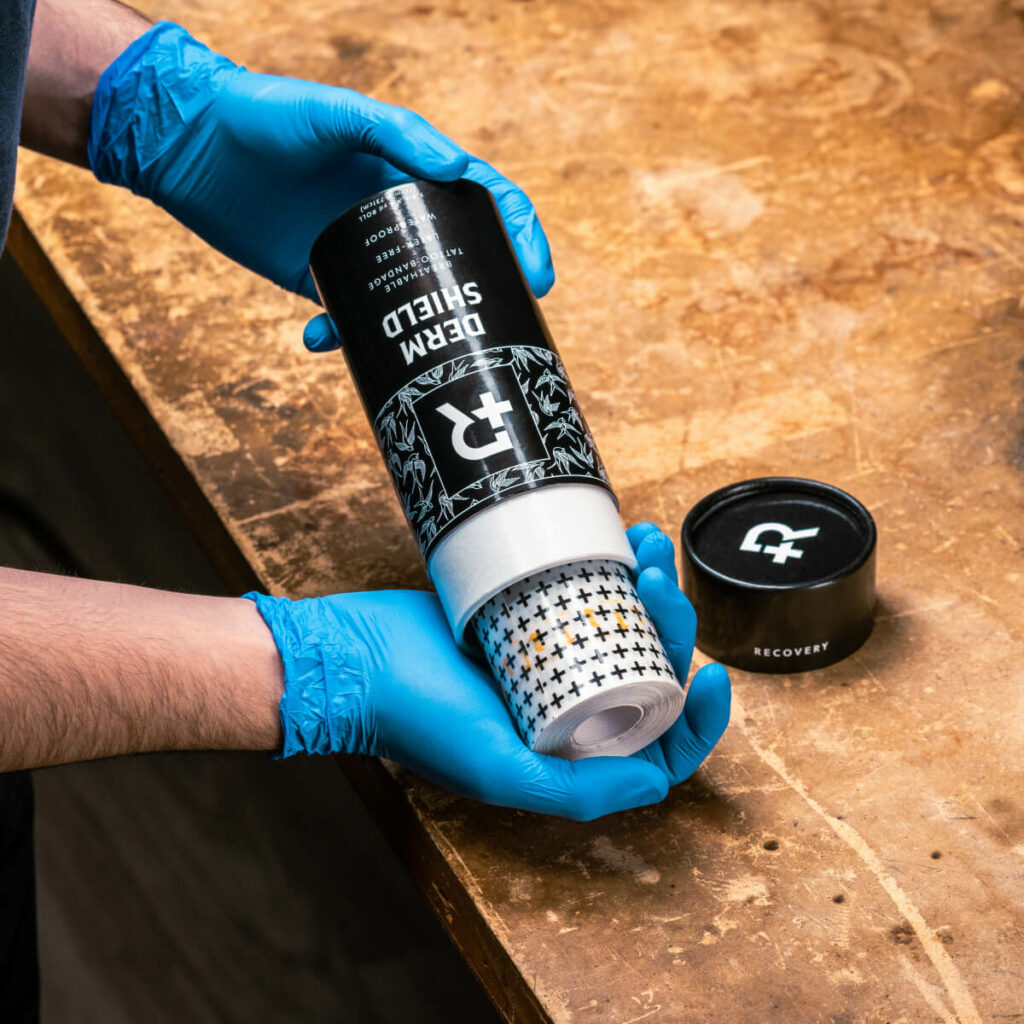
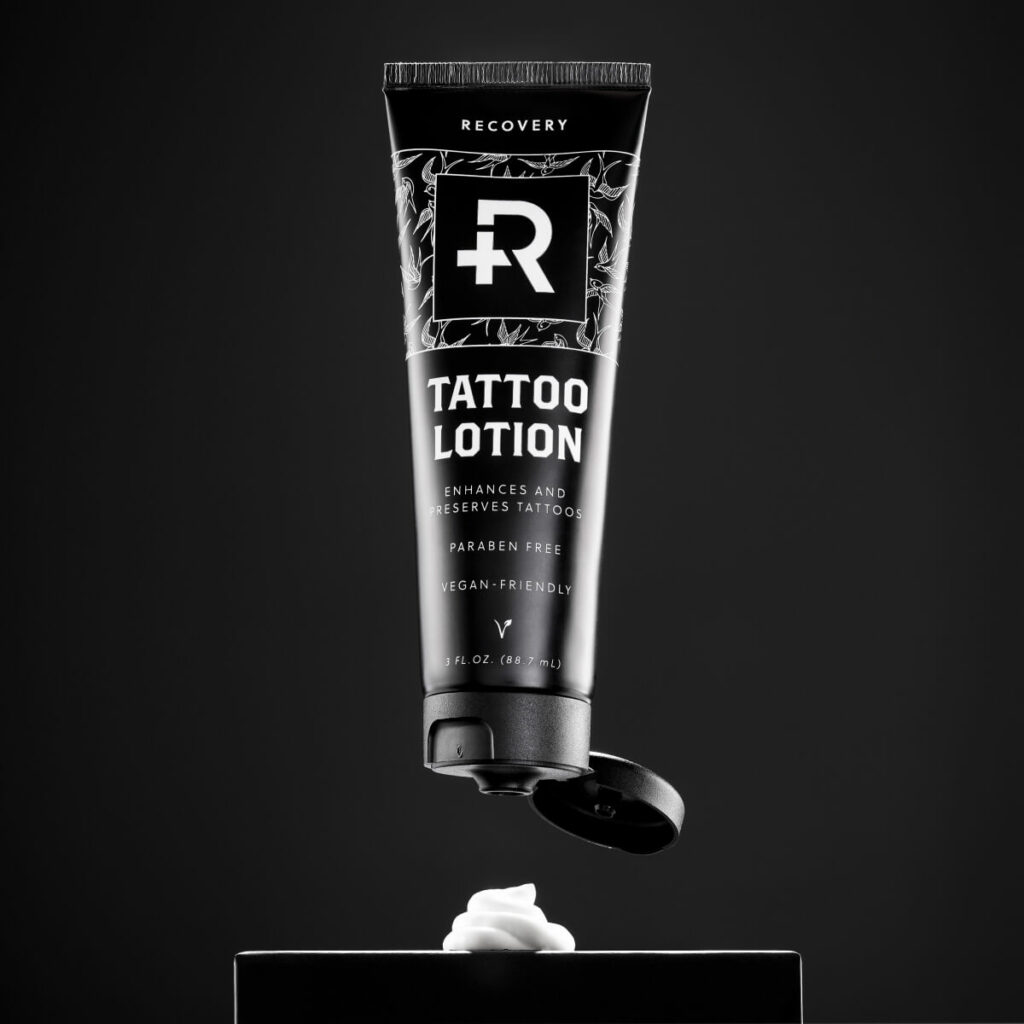
Do you have plans for any future body modifications?
Nothing planned for body mods, but I would like to get one of my legs tattooed.
Are you going to any conventions in 2023?
You won't see a Recovery booth at your next show, but you’ll definitely see the brand! We work really closely with our distribution partners to represent us at shows so there’s always Recovery available!
What’s the best thing about your job?
I love being part of an industry that’s always growing and changing. It’s also just nice being able to provide artists with what they need all from one reliable source. Back when I first started, that wasn’t really a thing. Having professional distributors, reliable brands, and support for artists helps move the industry along and grow. That’s just an exciting process in general.
What does the future hold for Recovery, and for you?
Recovery is going to continue to grow with the industry. We aim to meet artist’s needs as those needs expand. So, like I said, you’ll see some PMU aftercare in the works, and the overall product line will continue to expand. The face of Recovery has changed over the years too, with new packaging that looks great and functions better for artists, namely a redesigned package for the Derm Shield, which makes it more accessible and solved some of those nagging pain points for artists with the old boxes. We’ve got quite a few tricks up our sleeves both big and small, but I can’t give them away just yet...
As for me, probably the same as the last 24 years, and continue to be involved where I can add value.
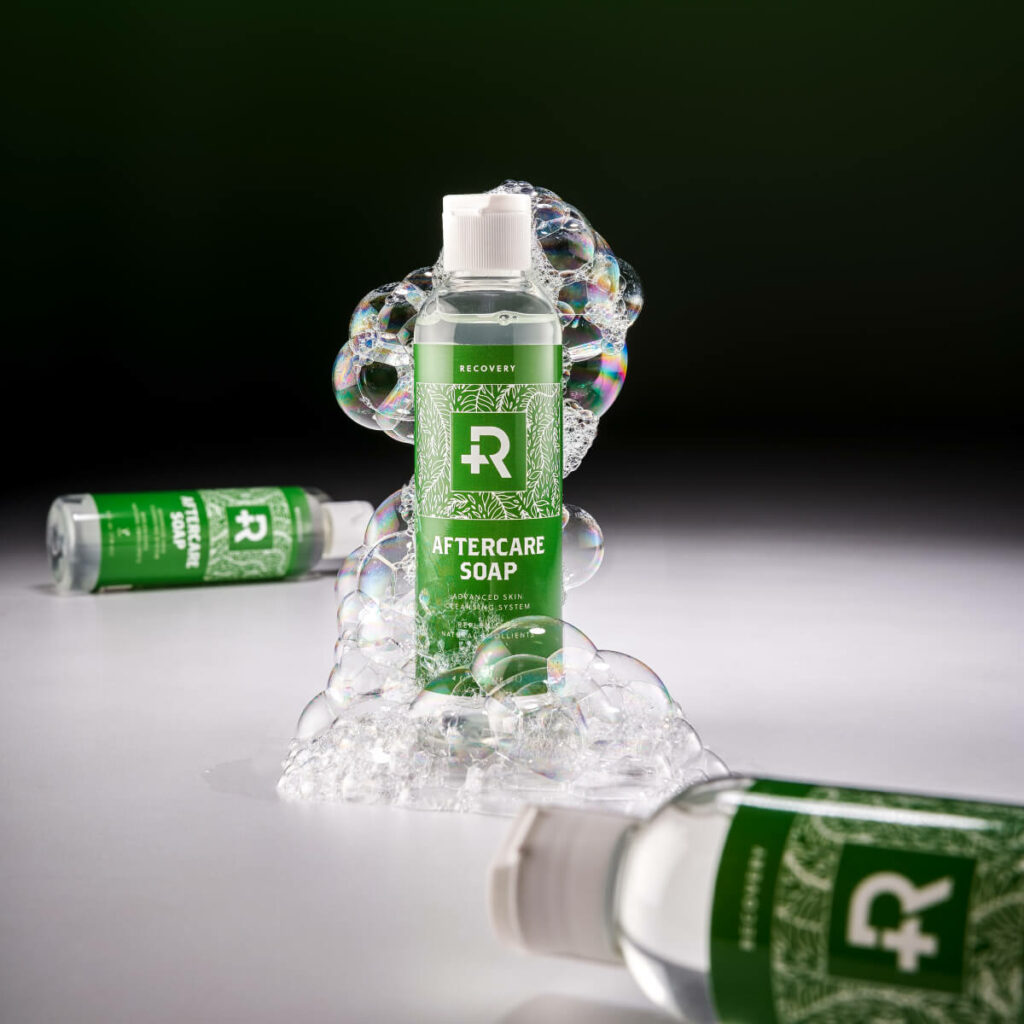
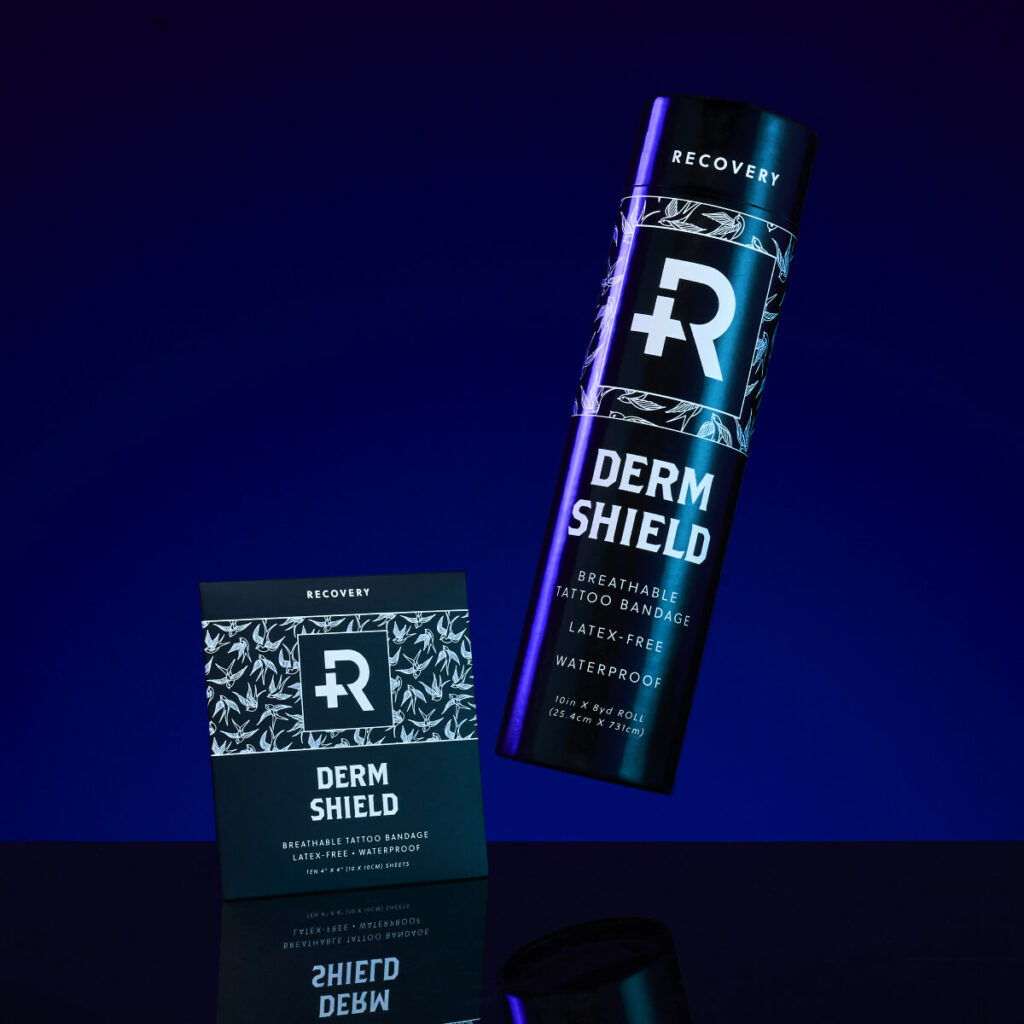
Huge thanks to Marc for spilling the beans on the Recovery Aftercare story!
Don’t forget to check out the company on Instagram and Facebook, or check out the full range of Recovery products including Derm Shield bandages, saline sprays, oral piercing aftercare and aftercare soap on the Killer Ink site!
